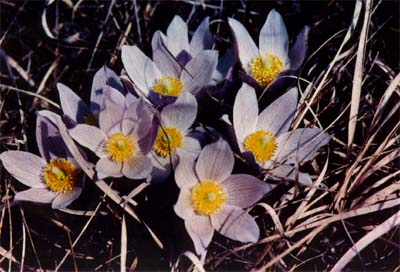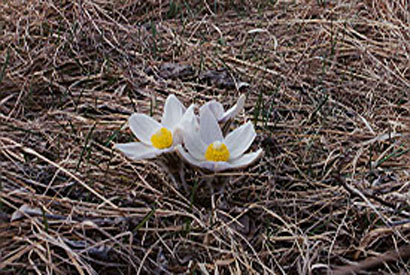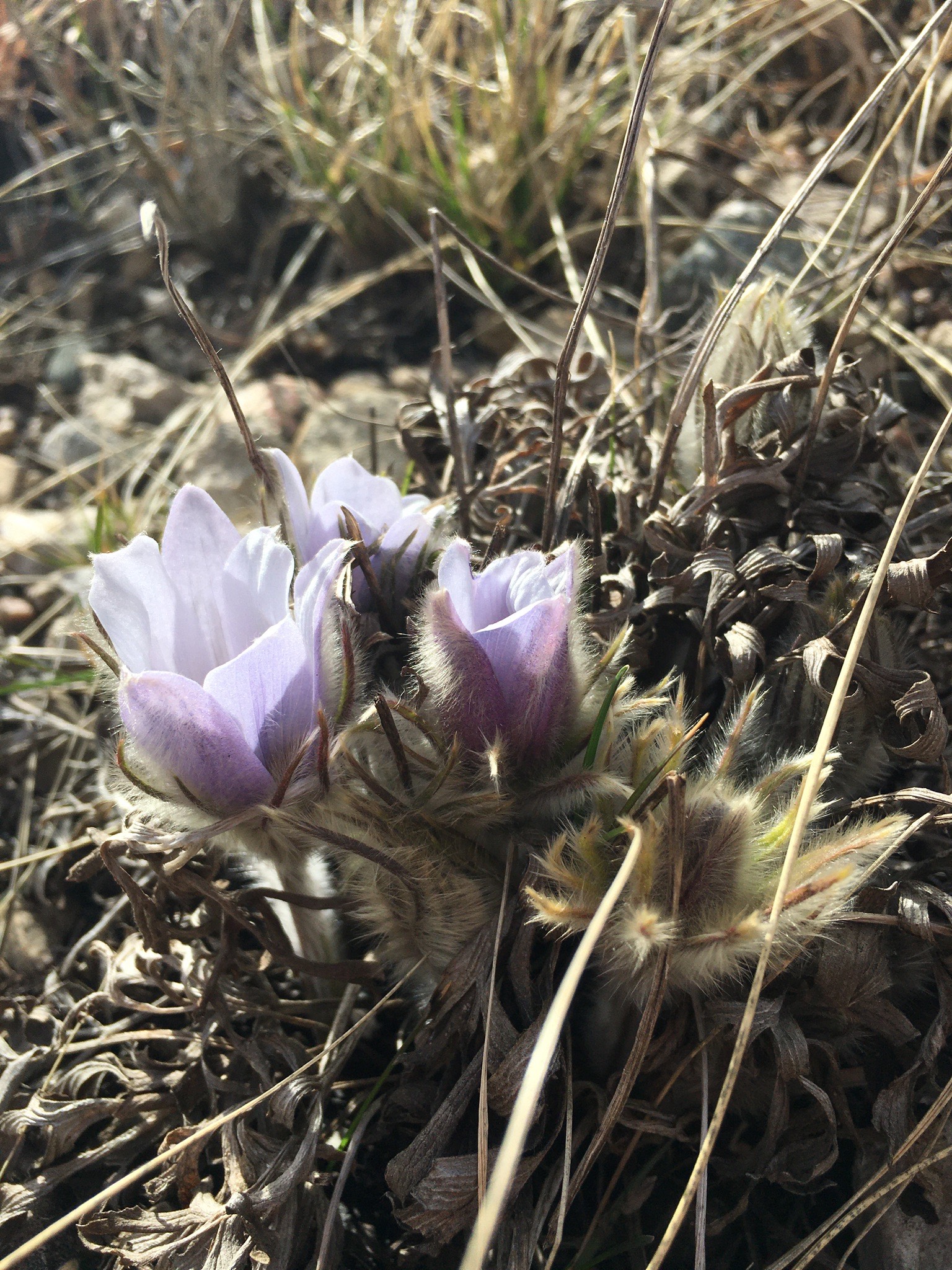Anemone patens (Pulsatilla patens)
$8.79
Quintessential, early-spring beauty with lavender flowers that bloom before much of the prairie springs into action.
Description
Limited availability. Please inquire!
Key Information:
Soil: Xeric (Dry). Drought tolerant.
Sun: Full Sun – Part Sun
Height: 2″-14″
Color: Lavender
Bloom: April
More Details:
Suggested Uses: This is a very showy wildflower and often the first plant to peak out of the snow on the prairie. It grows very well on very dry, sandy and gravelly soils. This plant makes a fine rock garden specimen and should be included in all upland prairie restoration projects. A true beauty!
Native Range: Upper Midwest, Southwest and Pacific Northwest. Found throughout Minnesota except for the Northeast corner of the state.
Pollinators: Bees
Flowers: 5-8 petal-like sepals on a single stem form a 2 1/2″ silky, fuzzy flower. It has numerous yellow stamens and pistils.
Leaves: A circle of silky leaves appears just below the flower, but, the palm-like true leaves do not appear until the plant is done flowering. They are about 3″ long, hairy, and divided into long, slender lobes.
Interesting Facts: The cup shape and shiny inner petals use solar energy to create a warm space within the flower. This warm space protects the flower and the early spring insects that pollinate it. The seeds have long tails covered with hairs. These hairs absorb water and dry out at different rates, so every time they get wet, they twist and wiggle down to the soil as they dry. Individual plants can live up to 50 years.
Name: Pasque is Old French for Easter. Another common name for this plant is Cutleaf Anemone and Prairie Crocus.
More information: USDA plant profile
Additional information
| Weight | 2 lbs |
|---|---|
| Size | |
| Color | |
| Characteristics | Full Sun, Partial Sun, Dry Soil, Spring Blooming, Short Height |
| Uses | Drought Tolerant, Attract Bees, Attract Beneficial Insects, Sandy Soil, Green Roofs |
 Wheelbarrow
Wheelbarrow







